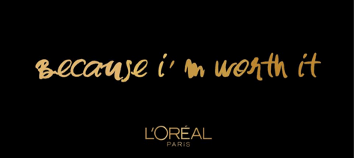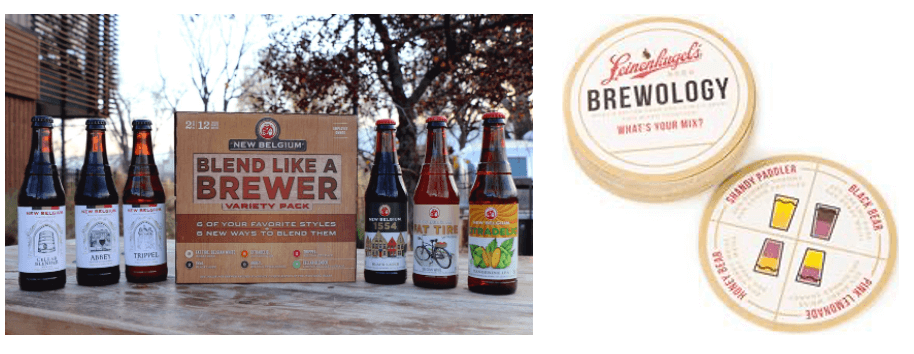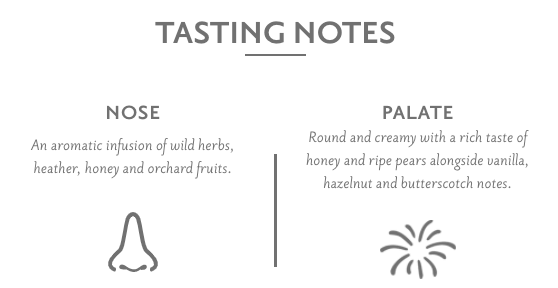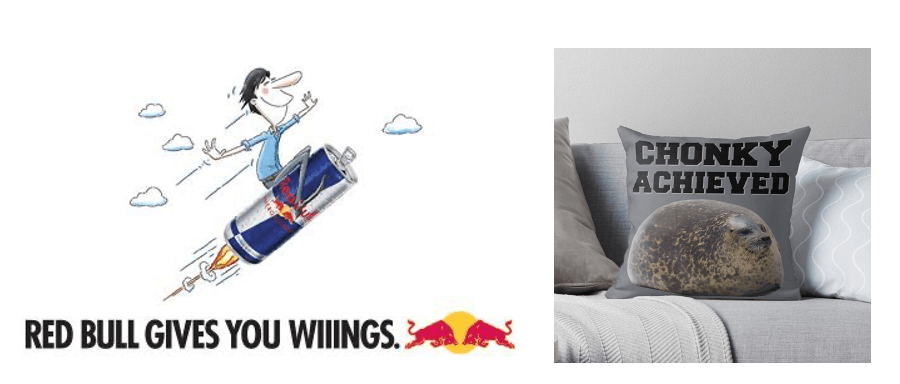Our Thoughts
Lost For Words? How Language Analysis can empower you to better connect with your customers
Our words define our world.
Have you ever learnt a new word or phrase and suddenly found yourself noticing it everywhere? It appears as if you haven’t just learnt a new word, but that you have learnt a new perspective, a new idea, and as a result your world has just expanded slightly.
The words that brands use inform consumers about their worldview. And the words that consumers use can inform brands about theirs. Despite the opportunity that this presents, relatively few brands and organisations are proactive about conducting language analyses, and refining the language that they employ across touchpoints.
Language analysis allows us to look at that world and identify subtle underlying currents of meaning. Interpreting or decoding the unconscious language narratives found in culture at large, used by brands, or employed in research groups, can identify the underlying motivations driving customer mindset. This then helps to create brand communications that address hidden consumer motivations and resonate with impactful cultural narratives.
Yet many brands often approach language in an ad hoc way, not taking the time to properly reflect on its use in their communications, on packs, in e-mails and direct mail, or on websites and social media. This is a missed opportunity, because even everyday language can be loaded with vast amounts of potential for cultural relevance.
An example of the power of this resonance in seemingly basic communication can be seen with L’Oréal’s famous “Because I’m worth it” tag line. Created in 1971, this slogan emerged at a time when female consumers were typically denied a voice in advertising, and commercials for female targeted products, would instead feature male voiceovers ‘explaining’ the product benefits to women. In this context, the female-voiced “Because I’m worth it” was a bold assertion of independent agency and identity, chiming with the growing feminist movement of the time, and rapidly entering the popular consciousness.

As this example shows, using culturally resonant language empowers brands. This allows them to deliver clearer, differentiated messages, and ultimately to communicate more persuasively to new customers, deepening their relationship with existing consumers.
To succeed in this way, we believe that language analysis should be built around three key approaches which would help brands better understand and harness the power of the words they employ: cultural resonance, metaphor analysis, and sound symbolism.
Cultural Resonance
Cultural resonance occurs when language is taken from one category or space and used in another. For example, we can see how the use of language previously associated with the whisk(e)y and wine categories is entering the beer space. References to “blending”, the appreciation of complex “aromas” and flavour “notes”, and the ability to “pair” products with foods, are defining a new cultural identity for beer, not just a product offering a mindless ice blast of refreshment, but a sensorially rich experience borrowing from the connoisseurship and sophistication associated with whisk(e)y and wine.

Interestingly while beer embraces codes of connoisseurship, the language of whisk(e)y is starting to become more familiar, direct, and evocative, in order to entice consumers put off by a heritage of complexity and opacity. This change was an evolution that we explored in our analysis of the language of flavour for Chivas Brothers, a project which won the 2020 MRS Virginia Valentine Award for Cultural Insight. Our insights identified the new cultural resonances of the language of the category, and was used for the development of new product descriptors and tasting notes which feature both on pack, and on the brand website.

An analysis of cultural resonance is a great way to identify new positioning & communication opportunities, refine a brand’s tone of voice, and drive more meaningful connections with consumers.
Metaphor Analysis
Our second key tool of language analysis is our ability to identify metaphors underpinning consumer understanding of a value, category, or brand. Metaphors are culturally ingrained ways of communicating meaning. We all use them unconsciously in speech and writing to understand the world. Seemingly innocent turns of phrase can be very informative about an individuals’, organisations’, or cultures’ world view. This can be seen in the way, in English, we map emotional experiences onto a vertical axis, such as “Things are looking up” vs “I’m feeling down”. A brand looking to communicate a positive emotional outlook can embed upward terminology (e.g. “rise”, “lift”, “up”, “climb”) into their name and communications in order to reinforce an optimistic persona, this can be seen with “7Up”, or particularly the “Up & Go” breakfast drinks brand, whose packs refer to their products as “packed” and “filled” with positive nutrition. As mentioned in my previous article, metaphors can be surprisingly pervasive within a category, governing how we think about a space. But they can be challenged, and new metaphors can be used to dramatically reframe how consumers think about a product or service. During a period of restricted consumer movement due to the COVID-19 pandemic, audiobook platform Audible used metaphors of travel to reframe their service as a form of escapism; an alternative to the usual summer holiday. This metaphorical reframing allowed the brand to position themselves to address an unmet consumer need during lockdown.
As mentioned in my previous article, metaphors can be surprisingly pervasive within a category, governing how we think about a space. But they can be challenged, and new metaphors can be used to dramatically reframe how consumers think about a product or service. During a period of restricted consumer movement due to the COVID-19 pandemic, audiobook platform Audible used metaphors of travel to reframe their service as a form of escapism; an alternative to the usual summer holiday. This metaphorical reframing allowed the brand to position themselves to address an unmet consumer need during lockdown.

Metaphor analysis is a powerful tool for unpacking consumer mindset (such as analysing qual research transcripts), identifying underlying cultural narratives, or looking across brands to decode the language of a category and employ new metaphors to gain optimal cultural relevance.
Sound Symbolism
Our final key tool is sound symbolism. Sound symbolism refers to the way in which certain sound properties can be associated with particular experiences. For instance, the use of alliteration or rhyming language by a brand evokes a ‘sing song’ quality, that communicates a playful and warm identity, as can be seen in a brand name like the mobile network giffgaff. Alternatively, ‘hard’ D and T consonants at the start or finish of words communicate a sense of assurance and decisiveness such as in a phrase like “Drop it!”, or in a brand name like Right Guard. By contrast softer “S” and “th” sounds communicate a sense of gentle comfort, such as in language like “soothe”, or the brand name Sure.
Alternatively, ‘hard’ D and T consonants at the start or finish of words communicate a sense of assurance and decisiveness such as in a phrase like “Drop it!”, or in a brand name like Right Guard. By contrast softer “S” and “th” sounds communicate a sense of gentle comfort, such as in language like “soothe”, or the brand name Sure.

The use of these two strategies by brands both operating within the deodorant category, illustrates how sound symbolism can be an integral part of building a clearly differentiated brand.
In terms of claims, slogans and taglines, vowel sounds within words are also a useful way of communicating the qualitative aspects of product experience. For instance, emphasizing higher pitches communicates a sense of uplift and levity, such as in “Red Bull gives you wiiings”, or the substitution of the usual vowel in a word for a lower pitched alternative can be used to add a sense of mass and heft, such as in the meme use of “chonky” as a replacement for “chunky”.

Sound symbolism properties are particularly relevant to consider for short pieces of text that will be repeated frequently, such as names or slogans. They are a powerful way of communicating product experience, and a could be applied much more strongly to bring definition to a variety of categories, such as English Sparkling Wine.

Relative
Sign Salad has recently partnered with the comparative text analysis platform Relative, allowing us to source raw cultural data for our analyses. Using the platform, we can input large amounts of English language consumer generated cultural language, such as forum posts, or qualitative interview transcripts and analyse it for shared or distinctive themes.
This adds to the potential scope of our analyses, allowing us to uncover subtle and easily overlooked language changes, that together can indicate large scale cultural changes. Our partnership with Relative brings together the power of big data, with the nuance and insight of our cultural connotation and metaphor analysis approaches, allowing us to identify meaningful shifts in the consumer mindset, and deliver transformative insights that unlock powerful cultural opportunities for brands and organisations.
So, could your brand’s name or slogan be working harder to communicate your products properties, or personality? Could metaphors power your new positioning? Could your marketing copy be more culturally resonant? No matter how short or long the text, how big or small the marketing challenge, Sign Salad’s language analysis approach can help.
3 key takeouts for brands:
- Language use can be incredibly revealing about a brand, a category, or consumers key values and worldview. Analysing language can provide access to previously overlooked insights, identify how changes in culture might impact your brand and business, and give actionable recommendations for how to address these to maximum effect going forward.
- Sign Salad’s three key approaches to language analysis; cultural resonance, metaphor analysis, and sound symbolism, can be applied to address a variety of brand challenges, from positioning, optimising communications, web copy, or mail outs, to refining language use on pack, naming and strapline evaluation.
- Our partnership with Relative allows for a ‘best of both’ approach, bringing together the power of big data, with the subtlety and nuance of our cultural approach to language analysis. This approach offers not just data, but an understanding of the cultural underpinnings signified by a shift in language, helping brands to fully realise the potential of these changes.
Mark Lemon, Associate Director

